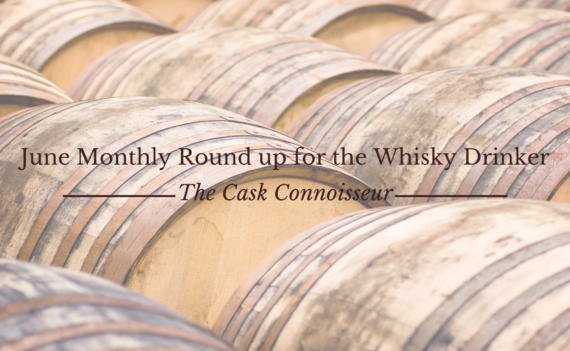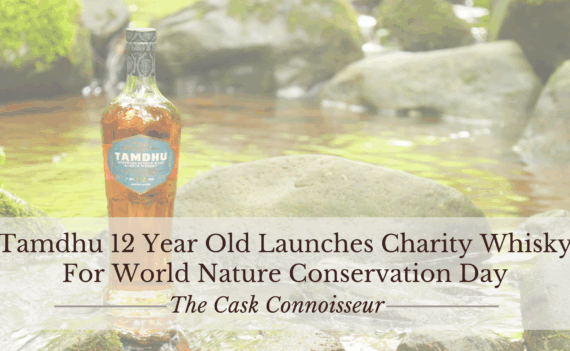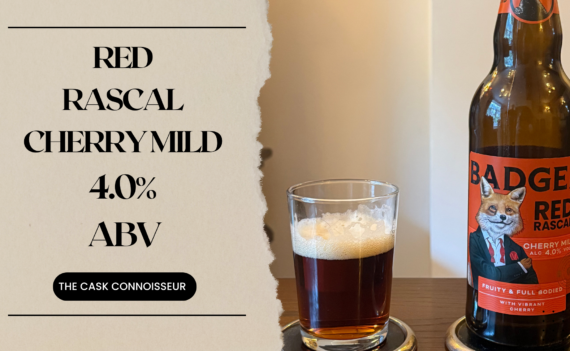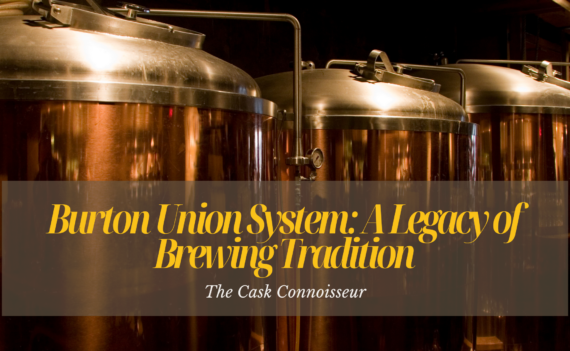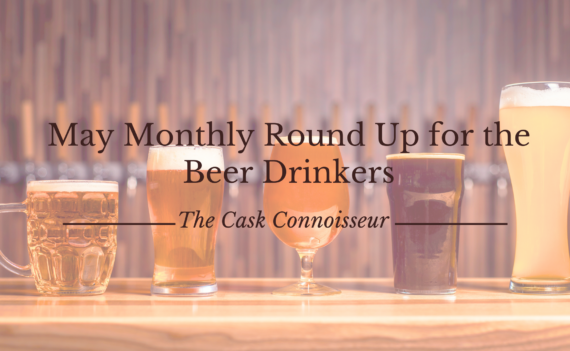June has given us a lot to think about. As whisky lovers, we’re often told that patience pays off—an
WELCOME
WHO WE ARE
Combining good practice with good ingredients, you end up with fantastic drinks. As an analogy, this is a sustainable proposition for working with the industry and for the public. The Cask Connoisseur combines expertise, knowledge, and enthusiasm with an in-house digital marketing team, who work closely with our members to satisfy their interest in whisky and for partners to create next level campaigns, ensuring that you stay ahead of the curve.

SERVICES
WHAT WE DO

Organically grow your business through Digital PR, Consultancy and honest reviews to elevate your marketing and taste further success.
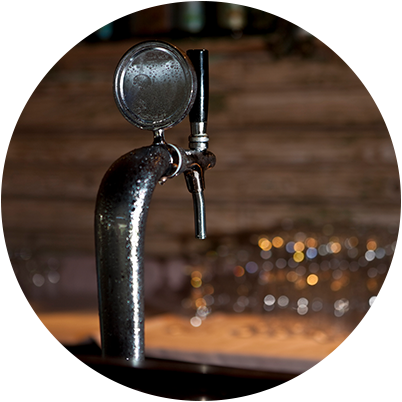
Keeping you up to date with industry trends and special bottles. Dates for your diary, and improve your drinking experience.
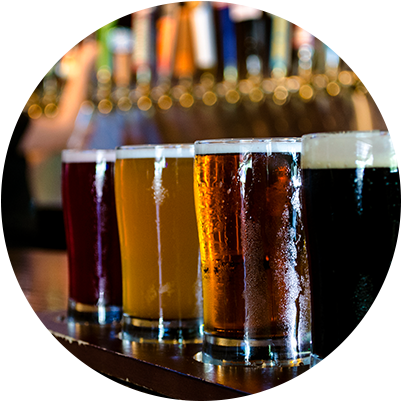
Exclusive insider information and have your opinion heard through surveys, webinars and podcasts.
OUR FAVOURITE PART
THE BLOG
Tamdhu 12 Year Old Launches Charity Whisky for World Nature Conservation Day
World Nature Conservation Day falls on 28 July 2025, offering a timely opportunity to enjoy a qualit
June Monthly Round Up For The Beer Drinker
As we approach the summer of 2025, there’s been a driven big rise in alcohol-free/low alcohol beer s
A Mild May Classic Fruity Twist – Red Rascal Cherry Mild Review
The Cask Connoisseur’s latest sample honours the annual ‘Mild May’ which symbolises one of the great
Burton Union System: A Legacy of Brewing Tradition
When it comes to British brewing, the Burton Union System stands as a true testament to the craftsma
May Monthly Round Up For The Beer Drinkers
May has certainly been one of the busiest months for the UK’s Brewing Industry. There’s been a wide



